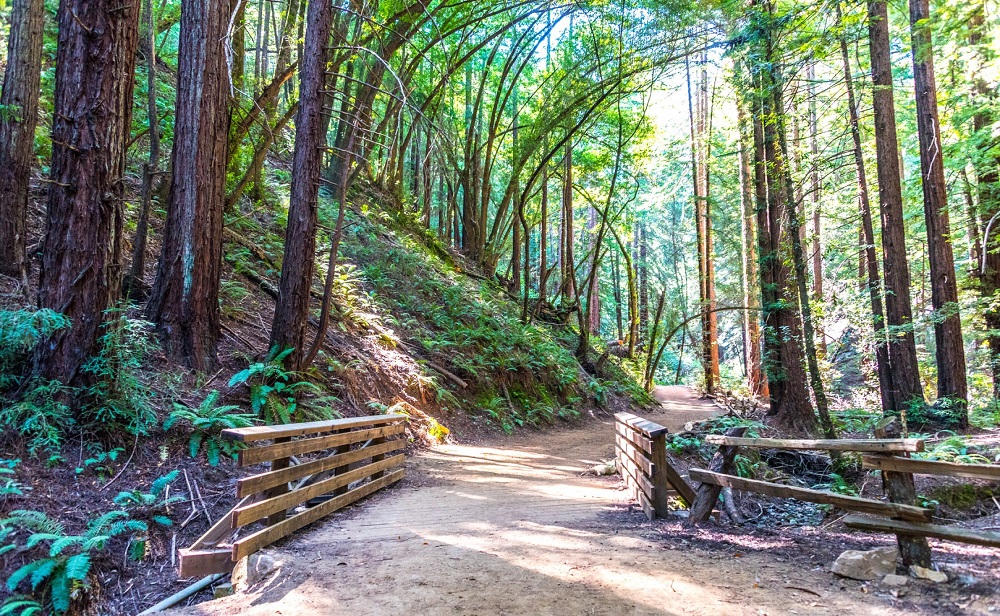Places near me to hike: This simple search query reveals a world of outdoor adventure, from challenging mountain climbs to leisurely strolls through forests. The ideal hike varies greatly depending on individual experience, desired difficulty, and preferred scenery. A seasoned hiker might seek strenuous ascents and breathtaking vistas, while a beginner might prioritize shorter, less demanding trails with scenic views. This guide will help you discover the perfect hike, regardless of your skill level.
We’ll explore diverse hiking locations, consider factors influencing trail selection beyond just distance and difficulty, and equip you with resources to plan a safe and enjoyable outdoor experience. From identifying suitable trails using online tools and apps to preparing a comprehensive hiking checklist, we aim to empower you to confidently explore the natural wonders around you.
Understanding User Intent Behind “Places Near Me to Hike”
The search query “places near me to hike” reveals a user’s desire for nearby hiking opportunities, but the specifics of their intent can vary greatly depending on their experience level, fitness goals, and preferred hiking style. Understanding these nuances is crucial for providing relevant and useful search results.
The seemingly simple query masks a wide range of user needs. A comprehensive understanding of these underlying motivations is key to effective search engine optimization and the development of user-friendly hiking resources.
Diverse User Needs Implied by the Search Query
The search “places near me to hike” can represent several distinct user intentions. For example, a family with young children might be looking for a short, easy trail with minimal elevation gain and scenic overlooks suitable for a leisurely afternoon. In contrast, a seasoned hiker might seek challenging trails with significant elevation changes, longer distances, and opportunities for solitude. A photography enthusiast might prioritize trails offering stunning views and unique photographic opportunities, while someone seeking exercise might focus on trails that provide a rigorous workout. These varied needs highlight the importance of providing detailed trail information, including difficulty ratings, distance, elevation gain, and descriptions of the scenery.
Factors Influencing a Hiker’s Trail Choice
Several key factors significantly influence a hiker’s decision when choosing a trail. Trail difficulty, encompassing aspects like elevation gain, terrain type (e.g., rocky, muddy, sandy), and trail length, is a primary concern. The total distance of the hike directly relates to the time commitment required and the hiker’s physical capabilities. Scenery plays a crucial role, with hikers often seeking trails offering panoramic views, forests, waterfalls, or unique geological formations. Other factors such as trail accessibility (parking, public transportation), proximity to amenities (restrooms, water sources), and safety considerations (trail conditions, wildlife) also contribute to the decision-making process. For example, a hiker looking for a quick, post-work workout might prioritize a nearby trail with minimal elevation gain and a distance easily completed within an hour. Conversely, someone planning a weekend backpacking trip will prioritize trails offering longer distances, challenging terrain, and opportunities for camping.
Differences in Search Intent Between Seasoned Hikers and Beginners
The search intent behind “places near me to hike” differs significantly between seasoned hikers and beginners. Experienced hikers typically possess a higher level of fitness and are comfortable navigating more challenging trails. Their searches often include more specific criteria, such as desired elevation gain, trail length, and specific trail features (e.g., “steep climbs,” “water crossings,” “exposed ridges”). They may also be more interested in finding less-traveled trails offering a sense of solitude. Beginners, on the other hand, prioritize safety and ease of navigation. Their searches often focus on trail difficulty, proximity to amenities, and clear trail markings. They may prefer shorter, less strenuous trails with well-maintained paths and readily available information on trail conditions. For instance, a seasoned hiker might search for “challenging trails near me with over 2000ft elevation gain,” while a beginner might search for “easy hiking trails near me with paved surfaces.”
Final Conclusion
Ultimately, finding the perfect “places near me to hike” is a personal journey, one defined by individual preferences and physical capabilities. By understanding your needs, researching available trails, and prioritizing safety, you can unlock a wealth of rewarding outdoor experiences. Remember to always respect the environment and leave no trace behind, ensuring these beautiful spaces remain accessible for future adventurers. So, grab your boots, check the weather, and get ready to explore!




